By Yvonne Wright • The Current Contributing Writer
Apologetically, I am making self-evident pronouncements when declaring that as a society we have entered a very difficult time full of confusion, personal discomforts, conflicting regulations, and most of all a constant worry about health, permeating our thoughts and affecting our actions as individuals and business communities around the world.
Within the past few months, the risks imposed by the Covid-19 pandemic have dramatically changed the way the majority of us interact with each other, conduct our daily affairs and… live.
At the heart of this menace, or rather, to protect oneself from the danger, a new way of public interaction has arrived that recommends, among other things, to blanket our faces with cloth coverings to limit the transmission of the virus.
Acting as a stern reminder of the need for social distancing and a perpetual caution, face masks in their many shapes and effectivenesses have become a ‘new norm’ and a piece of clothing one wears when going out – a new social disguise, if you will, a veil or a false face. We are in the grip of the new ‘Face Mask Era’ and as such, we ought perhaps to treat it with some sense of humor, rather than as an inconvenient discourse.
Whether looking fun and colorful when designed by artists, or mundanely non-descriptive when mass produced – these over-the-nose-and-mouth coverings are presently considered the most effective tools at shielding human respiratory tracts from infection at safe distances.
The once inconsequential existence of hospital masks has now captured public attention as if blasting through the front door, where shielding of our faces has become a paramount necessity. But, this new imposed face-veiling routine need not necessarily be overly onerous – there are many designer options and homegrown varieties of face masks populating the market to aid us along the way with ‘accessorizing’ of our wardrobe in fashionable and interesting ways, as we adapt to circumstances we cannot fully comprehend or control, in the hope that if coordinated collectively this threat will dissipate into oblivion.
Since prehistory, masks have been a significant part of human interactions, used in ceremonial, religious and entertaining practices around the world. Over the centuries and across cultural spectrums masks were created to serve the needs of their communities, most notably by enhancing civic events, theatre productions, secret fraternities and so on.
Designed to be elaborate, modest, or at times genuinely frightening pieces of head gear, masks were habitually viewed by both spectators and participants as objects imbued with special powers.
To give an example, early agricultural societies used intricately woven masks of corn and flowers to give thanks for the abundance of crops. Native American healers employed elaborate feathery and/or wooden headdresses in their fertility and healing rites. Infamously surreal, the 17th century European medical ‘bird’ masks used to ward off plagues were modeled with characteristically long, beak-shaped noses filled with herbs and spices to protect doctors from catching the disease. There were also high status funerary masks honoring the deceased and anthropomorphic masks appeasing the spirit world.
The idea behind some of gladiatorial and military helmet-masks was to primarily enhance and magnify aspects of strength and invincibility of the wearer, while theatrical masks, first introduced by the ancient Greeks in their dramas and later popularized in the Roman period, exaggerated human emotions and facial expressions.
On a darker and more sinister side, there were torturous face coverings used in Australian jails in the late 1800s, specifically designed to silence prisoners. While the “shameful” a.k.a punitive masks (first recorded in Scotland in 1567) were intended for public humiliation, and predominantly inflicted on women whose speech was deemed ‘troublesome.’ Later, similar face devices were employed in 18th century Virginia plantations to control slaves.
Most aesthetically pleasing, and primarily driven by the creative imagination of artists, were masquerade masks, still in demand today. Colorful and lighthearted, these much coveted and highly collectable face-and-head coverings were customary embellishments at elaborate balls, costume parties, pageants, triumphant processions and carnivals.
Since the Renaissance, traditional masquerade masks have been very popular with the upper classes, used as a kind of deception apparatus to disguise the wearer’s identity. Highly decorative by way of playful designs intricately embellished in gold and silver, precious gems, exotic feathers and lavish fabrics, masquerade masks were particularly celebrated in Venice.
Even today, one of the premier components of the annual Venetian Carnival is the competition of “the most beautiful mask” (la maschera più bella) determined by a panel of international costume and fashion designers. Their artistic and cultural merit derives from an abundance of forms and entertaining qualities.
There is no denying that wearing a face mask on a hot and humid day can be uncomfortable, however, collectively we need to look at the bigger picture. As many artists, designers, and everyday people around the world have shown through their collaboration and creativity, by turning face masks into art projects, fashion statements and/or expressions of local identity, their compassionate determination for wearing them in public places will hopefully mitigate the circumstances created by the pandemic, and perhaps even lead to eradicating it completely one day.
Yvonne Wright is the owner of STUDIO YNW at 100 West Broadway in Jim Thorpe. She can be reached at studio.ynw@gmail.com








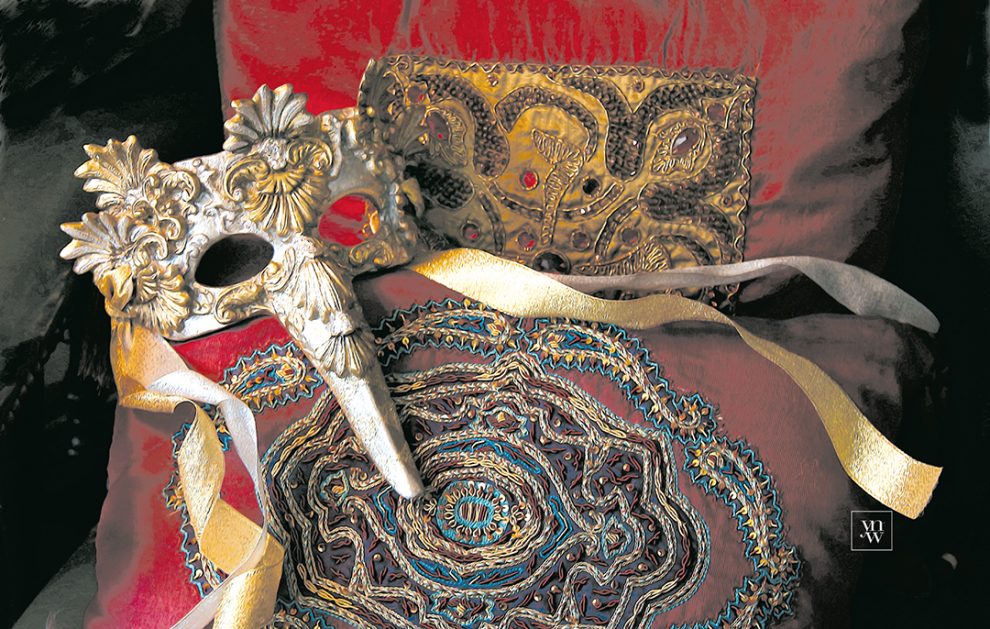

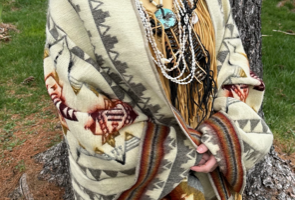


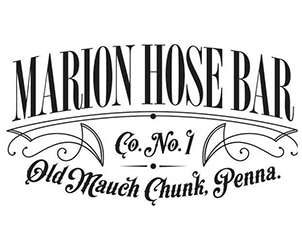
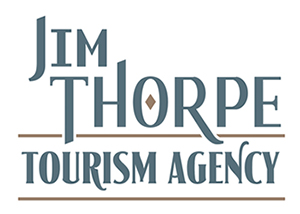
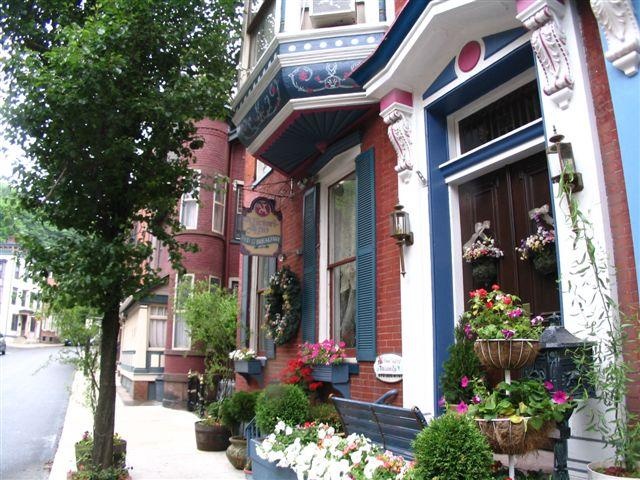











Add Comment